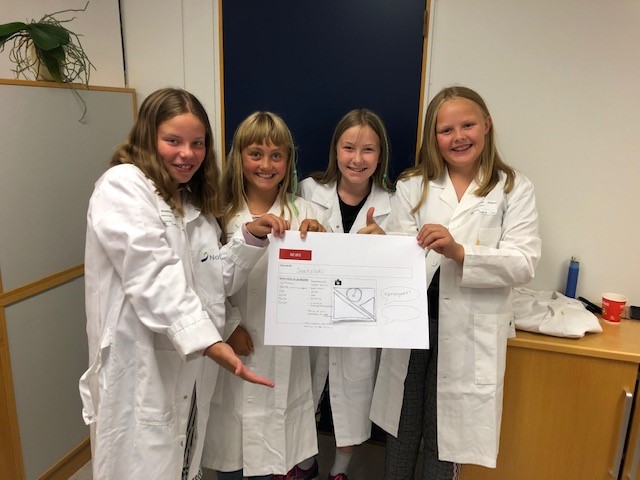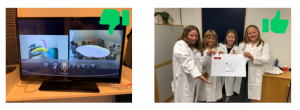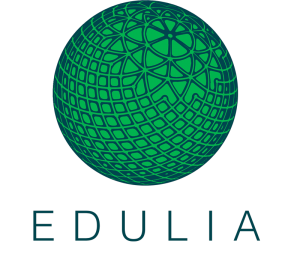Children preferred to be product developers instead of helping an alien

My first experiment had the aim to develop healthy snack ideas with 10-12-year-old children in a co-creation approach. For this we invited children to our focus group facilities at Nofima which must have been interesting but also somewhat intimidating for them. So, one challenge was to provide a framework to immerse them in the activities and giving them the status of experts. How did we end up from fantastic superheroes and alien stories to simply distributing lab coats?
At first, storytelling seemed to be a good idea to help children projecting their needs and wants into a fantasy figure and also to make them explain the for them obvious in detail. After long discussions and inspired by the paper Dindler et al (2005) we ended up with the following alien story for our first pilot: An alien planet faced a health problem causing them to decolorate from green to blue. The space ministry of health advised them to look into human food. Consequently, an alien comes to earth and asks our participants to explain everything about human food and what is healthy so they can eventually develop a new healthy alien food together.
However, when we conducted a pilot with four participants the older three of them (11-12 years old) found the story silly while the youngest 10-year-old participant liked it. We concluded that our targeted age group, pre-adolescent children, preferred to be taken more seriously.
In the end, the participants were simply placed into the role of product developers thinking about innovative healthy foods. This idea was well accepted by the children and is perfectly in line with the co-creation approach where consumers are treated at eye-level.
Reference:
Dindler, Christian & Eriksson, Eva & Iversen, Ole & Spaces, Interactive & Katrinebjerg, Isis & Lykke-Olesen, Andreas & Ludvigsen, Martin. (2005). Mission from Mars: a method for exploring user requirements for children in a narrative space. 10.1145/1109540.1109546.

Children, co-creating, ESR1, product development

